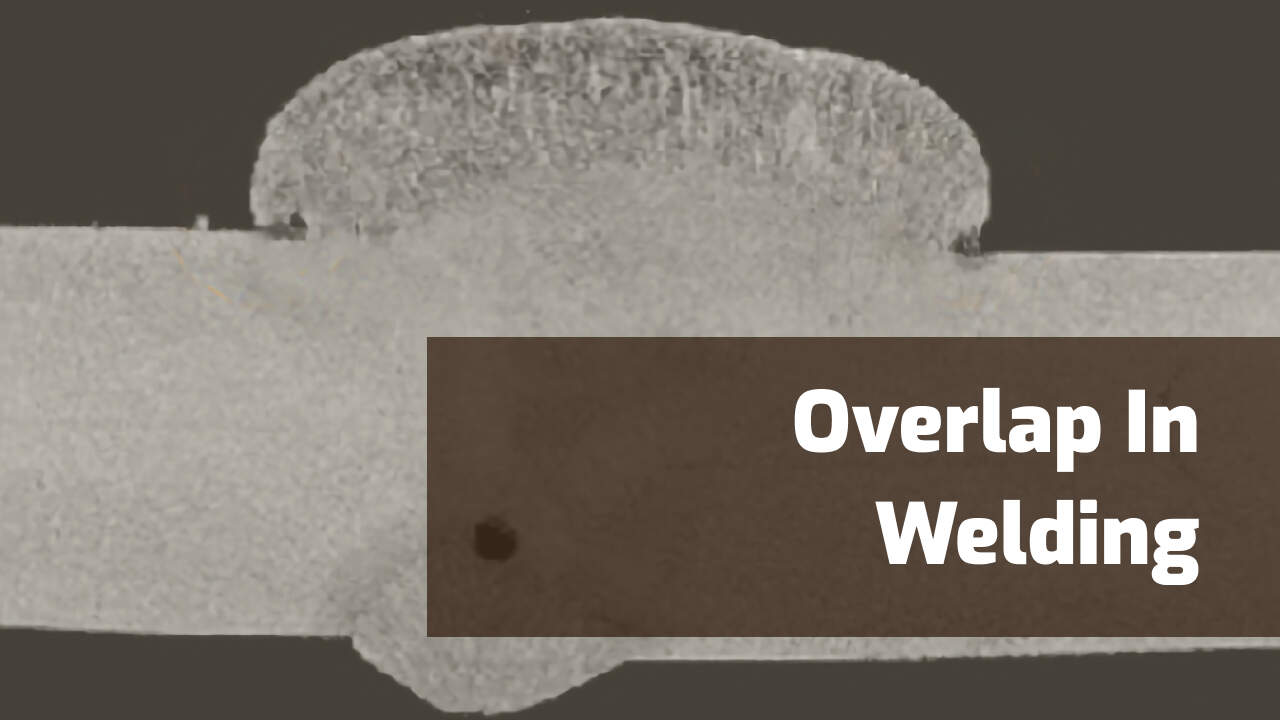Step-by-Step Overview to Preventing Weld Undercut in Different Metals
Step-by-Step Overview to Preventing Weld Undercut in Different Metals
Blog Article
Recognizing the Causes and Solutions for Undercut Welding in Steel Fabrication Processes
In the realm of metal construction procedures, the event of undercut welding poses a considerable obstacle that requires a thorough understanding of its reasons and viable services. The elaborate interplay of numerous factors during welding operations can cause this unfavorable sensation, influencing the architectural honesty and total top quality of the bonded joints - Preventing weld undercut. By dissecting the root creates of undercut welding and exploring effective remedial measures, makers can boost the criterion of their handiwork and make certain the production of flawless metal parts
Common Reasons of Undercut Welding
Regularly forgotten in steel construction, undercut welding happens due to numerous variables that require precise attention and experience to be effectively minimized. One usual reason of undercut welding is extreme heat input. When the warmth input is expensive, it can cause the melting and succeeding erosion of the base material along the sides of the weld joint, producing a groove or undercut. In addition, inappropriate welding strategies, such as utilizing the wrong welding angle or travel speed, can also add to undercut formation. Poor securing gas protection is one more vital aspect that can lead to undercutting. Inadequate gas coverage fails to protect the weld swimming pool properly, leading to oxidation and undercut flaws. The selection of welding parameters, such as voltage, present, and cord feed speed, plays a considerable duty in the occurrence of undercut welding. Comprehending these usual reasons is important for applying safety nets and ensuring top notch welds in steel fabrication processes.
Influence of Incorrect Welding Parameters
Unreliable welding criteria can considerably jeopardize the integrity and high quality of bonded joints in steel manufacture procedures. The influence of wrong welding criteria shows up in numerous means, leading to architectural weaknesses and problems in the welded elements. Careful interest to welding specifications is extremely important to ensure the manufacturing of high-quality welds with the wanted mechanical properties and architectural honesty.
Result of Improper Torch Angle
Incorrect torch angle in welding procedures can dramatically influence the high quality and integrity of the final weld joints in steel construction processes. The lantern angle plays an essential role in establishing the warm input and distribution during welding. When the lantern angle is inaccurate, concerns such as damaging can occur. Undercutting is an usual welding problem where a groove forms along the weld toe, damaging the joint and jeopardizing its structural honesty.
A torch angle that is as well high can result in not enough penetration, incomplete blend, and enhanced spatter. On the various other hand, a lantern angle that is too superficial can result in article extreme infiltration, burn-through, and distortion of the base material. Preventing weld undercut. Proper lantern angle is essential for guaranteeing regular weld top quality, strength, and appearance
To protect against undercutting and other problems created by improper torch angles, welders need to be educated to keep the appropriate torch angle throughout the welding procedure. Normal surveillance and adjustment of torch angles during welding can assist attain audio welds with minimal defects.
Role of Inadequate Welding Methods

An additional facet of insufficient welding strategies is improper weld prep work. Inadequate cleaning of the base metals, incorrect joint design, or not enough edge preparation can all contribute to undercut welding. Insufficient securing gas insurance coverage or making use of the incorrect type of gas can result in incomplete fusion and the development of undercut issues.
To attend to the function of insufficient welding techniques in steel manufacture procedures, it is vital to supply detailed training for welders. Proper education on welding criteria, joint preparation, and shielding gas option can assist avoid undercut welding and ensure top quality welds in steel construction projects.
Reliable Solutions for Undercut Welding
Attending to undercut welding in metal manufacture needs implementing reliable services to boost weld high quality and structural honesty. One of the key services to combat undercut is to change welding parameters such as voltage, existing, and travel rate to ensure appropriate heat input and blend. By fine-tuning these settings, welders can stop excessive melting of the base steel and filler material, minimizing the likelihood of undercut formation.
In addition, proper joint prep work is crucial in stopping undercut. Ensuring tidy base steel surfaces devoid of impurities and using the proper bevel angle can help promote much better weld infiltration and reduce the danger of undercut - Preventing weld helpful resources undercut. Utilizing ideal welding techniques, such as weaving or oscillating the lantern, can additionally aid in distributing warm equally and loading the weld joint appropriately, minimizing the possibility of undercut flaws
In addition, picking the correct welding consumables, including electrodes and filler metals, is vital in minimizing undercut. Using materials with appropriate chemical compositions and mechanical properties can contribute to achieving sound welds with minimal undercut. Regular evaluation and high quality control steps ought to likewise be executed to discover and attend to undercut problems immediately, making sure the general stability of produced metal components.

Verdict
Finally, recognizing the find out this here reasons and options for undercut welding in metal construction processes is essential for achieving high-quality welds. By addressing usual reasons such as inaccurate welding parameters, improper lantern angle, and insufficient welding techniques, welders can prevent damaging and make sure strong, durable welds. It is vital to take notice of these aspects and execute effective options to enhance the total welding process and end product quality.

Report this page